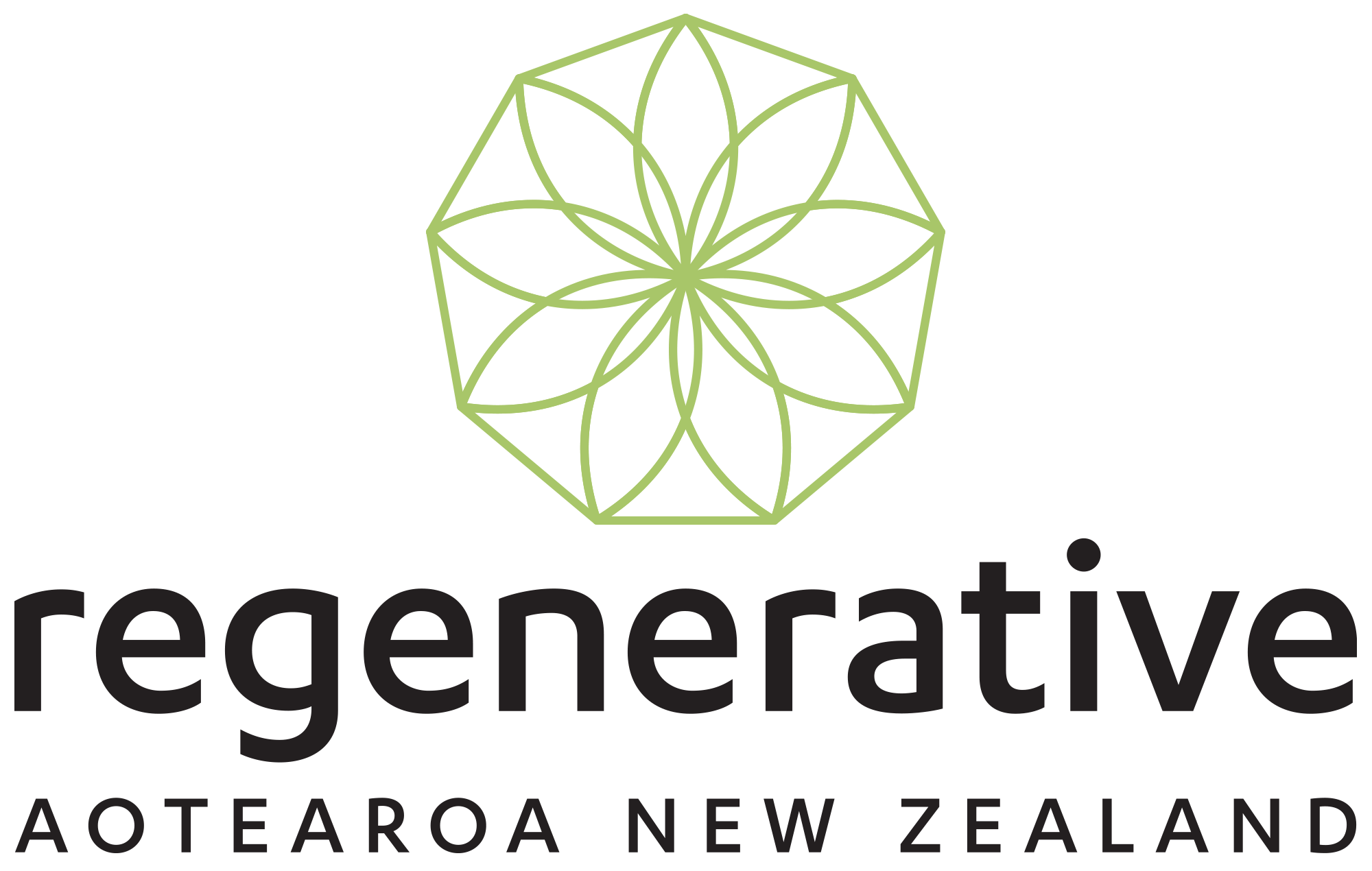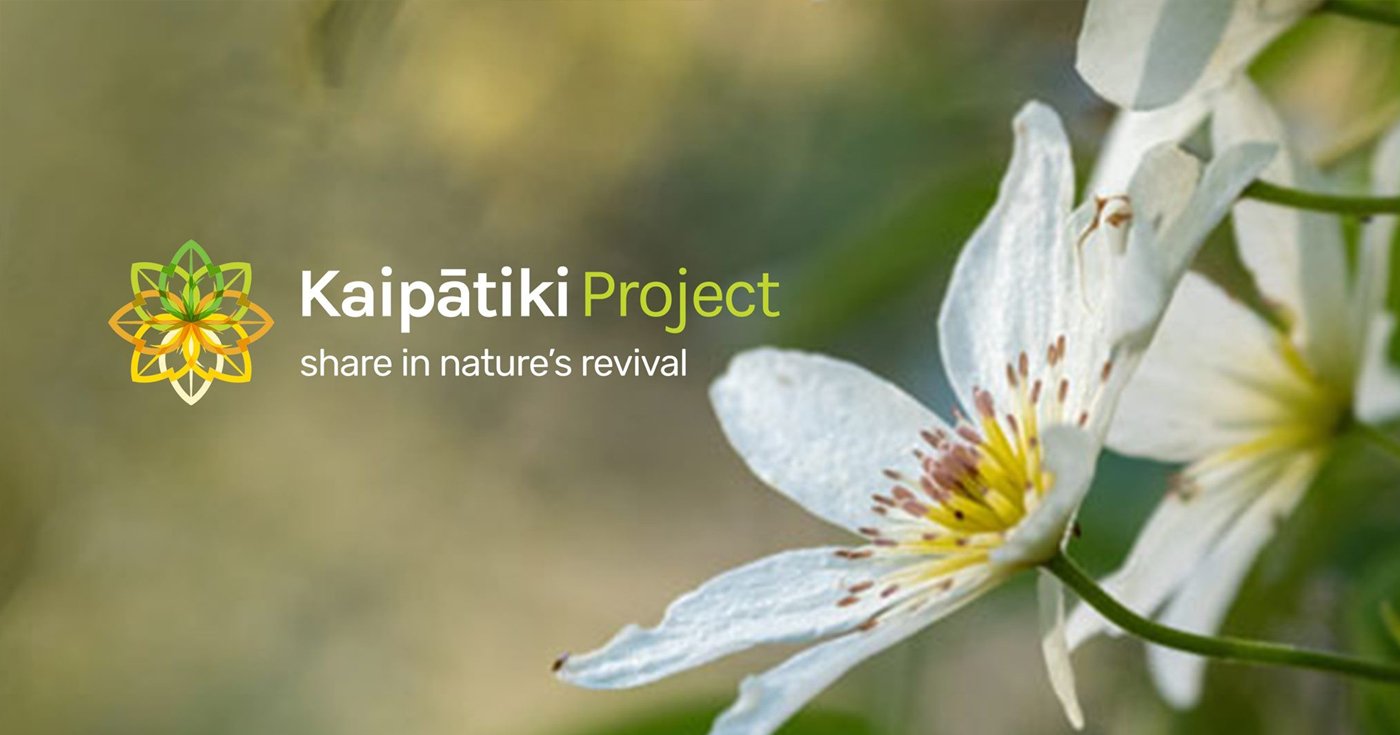When Derek Craig, Restoration Nursery Manager at Kaipātiki Project sat down to read Auckland Council’s newly published report titled “Conservation status of vascular plant species in Tāmaki Makaurau / Auckland 2023” then mapped those species against Kaipātiki Project nursery’s species spreadsheet he was chuffed to realise that of the 96 species of vascular plants he grows in the nursery, 21 of them (22%) are listed as ‘at risk’ or worse. They range from one of the smallest plants we grow, Leptinella dioica Bachelor’s Button to the largest Agathis Australis Kauri. I’m certainly not chuffed that any plant species are at risk, but it highlights the importance of our nursery and restoration plant selections and contribution to the wider conservation of vascular plants in Tāmaki Makaurau.
My first comment to Derek was,” That’s great, but what is a vascular plant? I’m not a botanist or ecologist.” Derek explained that Tracheophyta, their scientific name, form a large group of land plants that have a specialised system for carrying fluids that include xylem (important for transporting water) and phloem (essential for transporting minerals and nutrients) and possess true roots, stem and leaves. “Oh, so a bit like a human vascular or lymphatic system,” I replied. “What would be an example of a non-vascular plant then??” I went on to ask. “Moss or algae,” promptly responded Derek. Righto that’s Botany 101 out of the way.
Derek then went on to explain that Tāmaki Makaurau region was once covered in a rich, diverse rainforest. Today, due to historic milling, clearance for farming and disturbance for development, these forests have regrown into thousands of individual fragments from less than 1ha to the 17,000ha of forest in the Hunua Ranges.
Most existing areas of native forest in the region (approximately 80 %%) are small forest fragments of less than 10ha, many located on private land or what we see here in our local area such as Eskdale Reserve.
Auckland Council assessed the conservation status of all known indigenous vascular plants in using the New Zealand Threat Classification System (NZTCS) which was no small undertaking and the first time they had facilitated this assessment.
A total of 786 vascular plant species were identified as present in Tāmaki Makaurau. The reported results showed:
- 200 species were assessed as Threatened.
- 105 as At Risk.
- 4 as Non-resident Native (Regional Vagrant or Coloniser).
- 88 as Data Deficient.
- 27 have become extinct or may have formerly occurred in the region.
- A total of 45% of vascular plant species are Threatened or At Risk
Back to the good news, Derek was chuffed about earlier.
“At Kaipātiki Project we, the staff and volunteers run a thriving but small by commercial standards native plant nursery where we grow 40,000+ eco-sourced native plants every year. The plants are for community restoration projects, private backyard programmes, the Auckland Mayor’s Million Trees project and other inspiring destinations across the Kaipātiki and wider Auckland area.”

